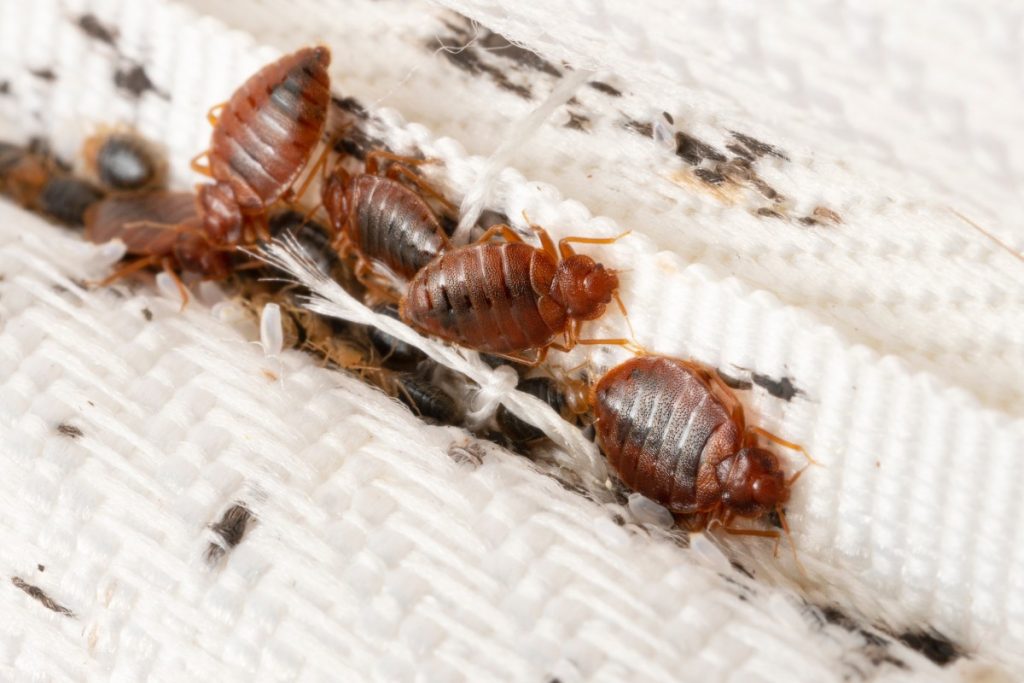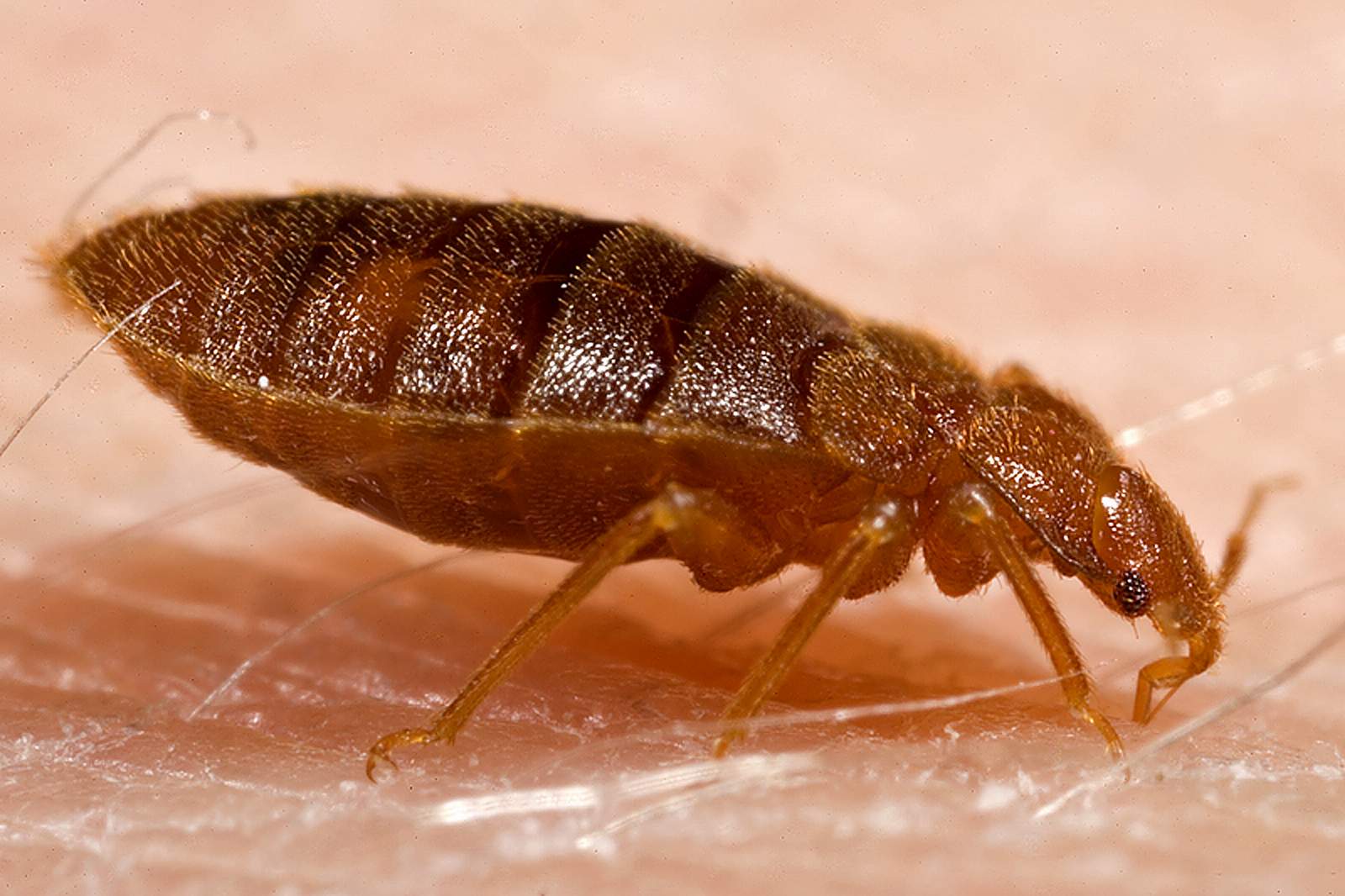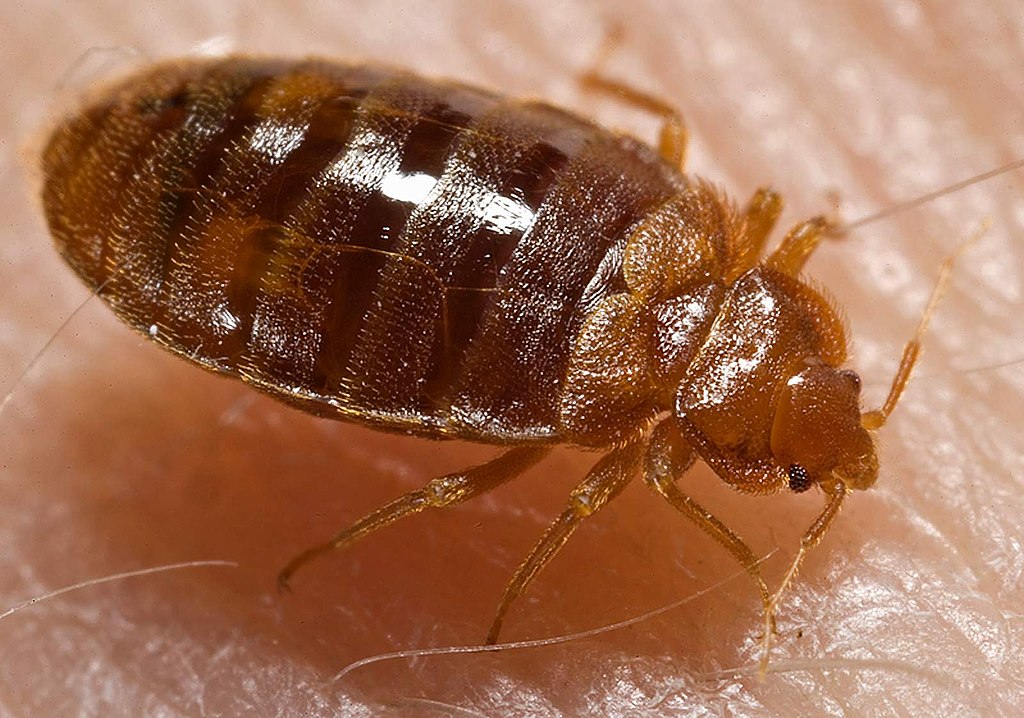Cimex lectularius (Common Bed Bug)
Distribution: Primarily found in temperate climates, this is the most common species in North America, Europe, and parts of Asia.
Habitat: Prefers human environments, particularly bedrooms. They can be found in mattresses, box springs, bed frames, and even in cracks and crevices of walls.
Appearance: Reddish-brown and flat-bodied, about the size of an apple seed.
Cimex hemipterus (Tropical Bed Bug)
Distribution: Common in tropical regions like Africa, Asia, and parts of South America.
Habitat: Similar to the common bed bug, it prefers human sleeping areas. However, it thrives in warmer climates.
Appearance: Very similar to C. lectularius but may be slightly smaller.
Haematosiphon inodorus (Poultry Bug)
Distribution: North America.
Habitat: Primarily feeds on birds, especially poultry. They can occasionally bite humans if birds aren't accessible.
Appearance: Larger than the common bed bug with a longer beak-like mouthpart.
Cimex adjunctus (Chimney Swift Bug)
Distribution: Found primarily in North America.
Habitat: Its main host is the chimney swift bird, but it can also feed on humans if its primary host is not available. Often located in chimneys or near nesting sites of the chimney swift.
Appearance: Similar to the common bed bug, but tends to be slightly larger and may have a different color tone.
Oeciacus vicarius (Swallow Bug)
Distribution: Widely spread in North America.
Habitat: Primarily feeds on cliff swallows and can be found in their nesting areas. If birds leave or are not accessible, they can target humans.
Appearance: They look very much like bed bugs but are often associated with bird nests, especially those of swallows.


